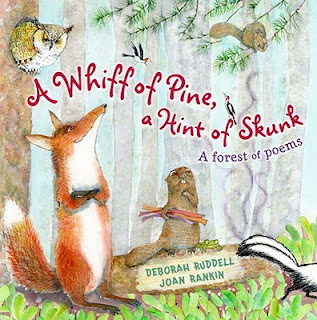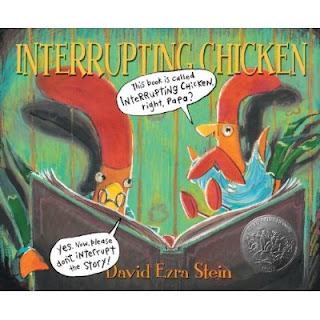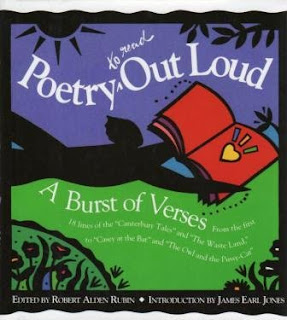
Citation:
Shihab Nye, N, & Bryan, A. (2000). Salting the ocean: 100 poems by young poets. New York, NY: HarperCollins. ISBN: 0688161936.
Review:
Nye presents an anthology of poems collected from school children across the country. These poems are categorized into four groups, "My Shadow Is an Ant's Night: The Self and the Inner World; Think How Many Stories Are in Your Shirt: Where we Live; My Grandma Squashes Roaches with Her Hand: Anybody's Family; Silence Is Like a Tractor Moving the Whole World: The Wide Imagination." The text also contains an "Afterword; Acknowledgements; Suggestions for Further Reading; Index to 100 Poems and an Index to 100 Poets." The poems in this text are well written and engaging due to their expressive nature on life, sadness, wonder, curiosity, etc. Readers will find a poem they can connect with since these are written by children ages six through eighteen using poetry as their creative forum. Nye's format is easy to follow and the few illustrations found throughout the book compliment each poetry section. Teacher's will value the creativity presented by these young poets and it would be a wonderful addition to any classroom's library.
Excerpt:
"Words,
jumbled
in my mind.
Traffic jams
of sentences,
swirling,
and bubbling,
in the cauldron of my mind.
All I can do
is think
and write.
Breath deeply,
and let your feelings flow
onto the page.
Let your mind fill
with ideas.
Let them bolt
through your pencil,
crashing
with enormous
energy
onto your paper.
Poetry
has her own way of living.
Let her live
in peace."
-Rachel M. Reynolds
Introducing the Poem:
I would read this poem aloud to the students and have them pay special attention to the rhythm. I would also point out specific words in the poem (traffic jams, swirling, bubbling, bolt, etc.) and ask the students what do they think these words mean in the poem. At the end of the discussion, I would have the students journal what poetry means to them and encourage then to use a thesaurus while writing their entry.





